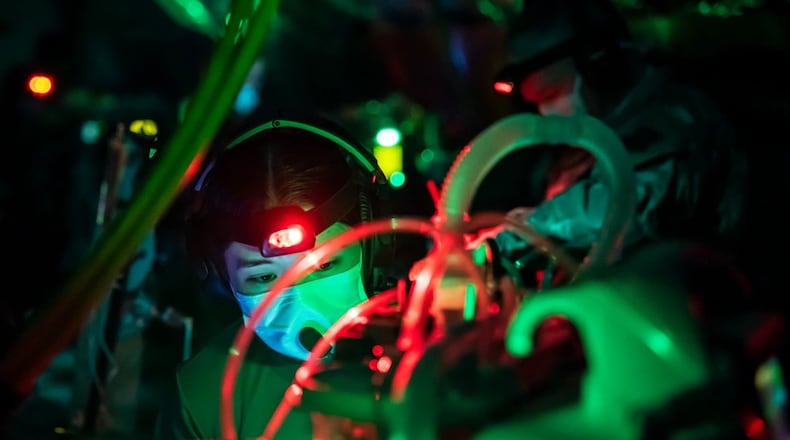The directorate operates out of a series of “outdated facilities spread out over a mile on the base,” Husted’s statement says. The new facility will consolidate activities under one roof with modern equipment
Also in the bill: $15 million in planning and design work for a refurbishment of Wright-Patt’s primary runway, beginning to answer a long-felt need at the base.
And $2.8 million was approved to begin designing a new artificial intelligence (AI) supercomputing center on the base.
“The construction of the AI Supercomputer Center is essential to U.S. defense capabilities in artificial intelligence, high-performance computing, and advanced modeling & simulation,” Husted’s office said.
The bill also provides for a hypersonic tunnel facility at NASA’s Neil Armstrong Test Facility in Sandusky.
As well, the bill includes language for $2 million for the “DEEP SENTRY” program to infuse AI and machine learning into America’s missile defense system, Husted’s office said.
An attempt to reconcile House and Senate defense bills should be next, with House and Senate Armed Services committees hoping to craft a reconciled bill before the end of November, according to national reports. A House bill passed last month.
The Senate vote tally was 77-20.
“I’m especially proud that Ohio will continue to lead the way in America’s defense,” Husted said in his release. “This legislation delivers major investments in new infrastructure and technology at Wright-Patterson Air Force Base ... advances cutting-edge research at NASA Glenn in Cleveland and strengthens key national defense assets across our state.”
About the Author

